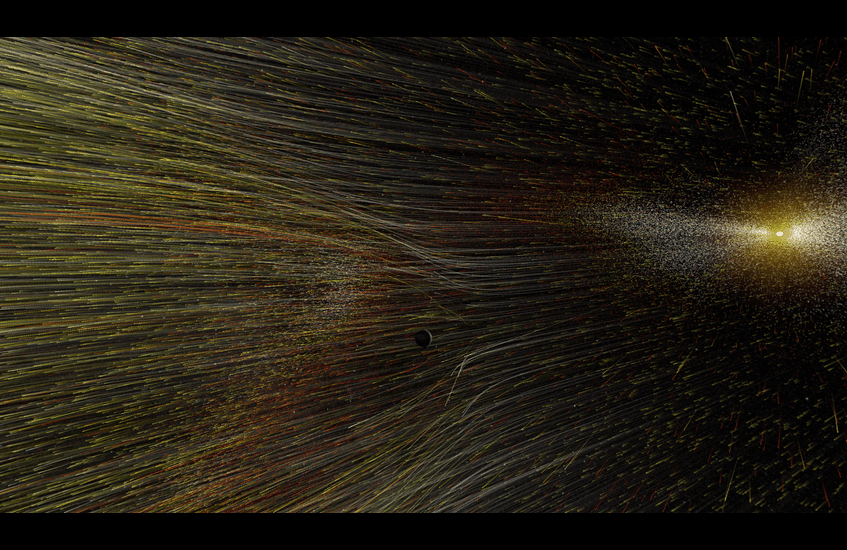A constant outflow of solar material streams out from the Sun, depicted here in an artist’s rendering. Credits: NASA
On June 20 NASA announced the selection of two new missions for advancing our understanding of the Sun and its dynamic effects in space. One mission is called the Tandem Reconnection and Cusp Electrodynamics Reconnaissance Satellites (TRACERS). TRACERS will study how the Sun interacts with magnetic fields around the Earth.
BCSS is a key member of the TRACERS science team. “BCSS was part of TRACERS when the proposal was submitted to NASA in 2016 under the leadership of Prof. Craig Kletzing, University of Iowa,” says Prof. Kjellmar Oksavik.
“TRACERS will consist of two identical satellites that will fly like perls on a string through the Earth’s northern magnetic cusp. Earlier satellite missions have identified dispersion signatures in the particle precipitation of the dayside aurora, which are believed to be signatures of a fundamental process in the universe – magnetic reconnection. With TRACERS we will understand for the first time the extent to which magnetic reconnection is continuous or transient,” says Prof. Kjellmar Oksavik.
“The selection of TRACERS is very timely for our ongoing SMILE activity. Both TRACERS and SMILE will be operational in the 2023-2024 time frame. For the first time we will have simultaneous observations of the low-altitude cusp, the high-altitude cusps, the dayside magnetopause, and the auroral oval. It is truly exciting times,“ says Prof. Kjellmar Oksavik.
Read more about the TRACERS project in this NASA press release:
https://www.nasa.gov/press-release/nasa-selects-missions-to-study-our-sun-its-effects-on-space-weather




